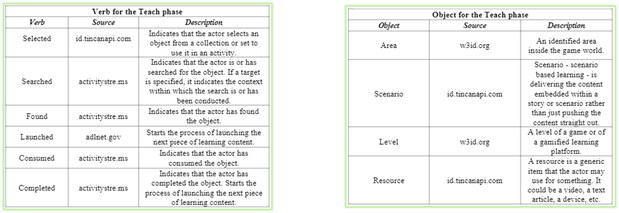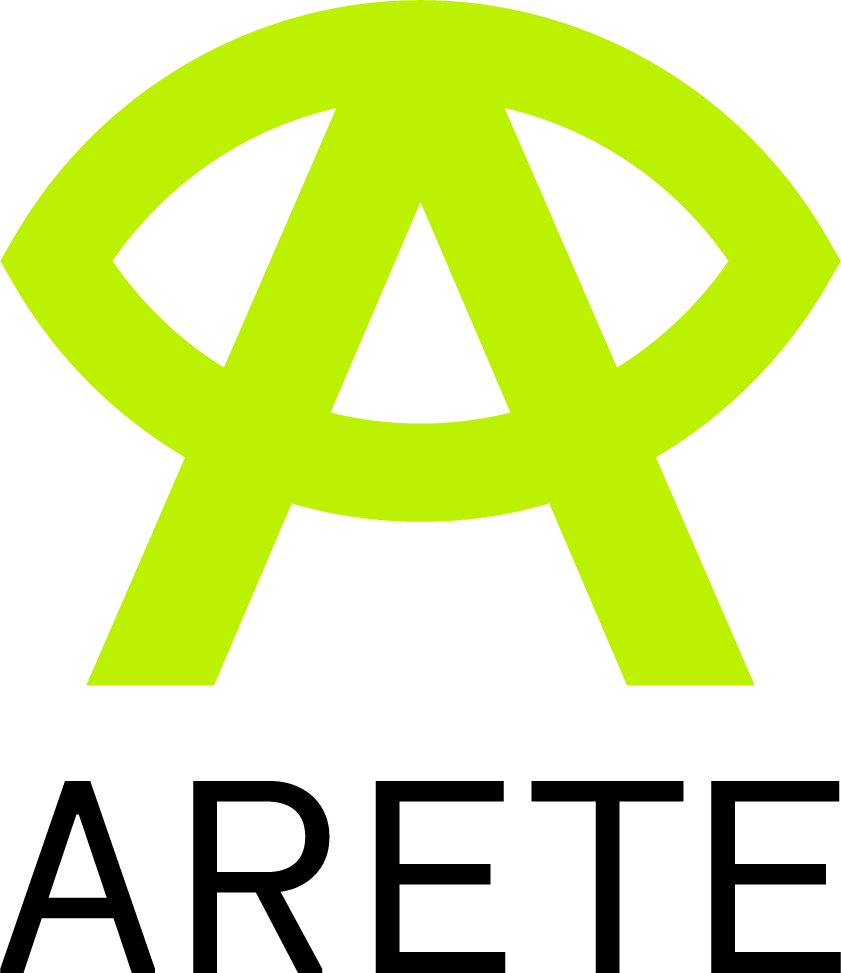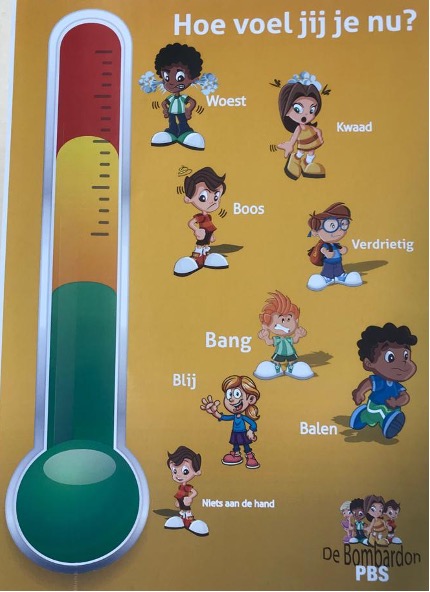xAPI Profiling for monitoring Interaction with AR objects on the teaching and learning practices of the positive behaviour
The spread of new technologies like AR and recent technological developments provide innovative techniques and tools that show a growing potential in education. In this regard, the use of Augmented Reality in behavioural education is the main topic explored within pilot #3 of the EU-funded ARETE project that aims to build a collaborative AR ecosystem with multi-user interaction to improve educational processes. Specifically, pilot #3, called Augmented Reality for promoting Positive Behaviour Intervention and Support (PBIS), aims to integrate an innovative AR solution within the PBIS framework that promotes students' behavioural and cognitive growth.
In this pilot, a set of AR behavioural (expectation) lessons will be developed and tested. These lessons will be used to investigate the actual value of AR technology within a PBIS teaching and learning practice to encourage positive behaviours among students.
At an early stage, we designed an application for smart devices (i.e. mobile phone and tablet), the AR-PBIS App, to support students and teachers during the behavioural lessons as required by PBIS and it envisages two different areas with specific functionalities for students and teachers. The application is mainly intended to support students’ learning of positive behaviour through the subsequent steps of teaching, practicing, and reinforcing (a set of expected behaviours) as defined in the PBIS framework. Teachers can also use the application to monitor students’ activities and evaluate their outcomes.
In this context, the ExperienceAPI (xAPI) technological standard will be adopted to track users’ interactions with the implemented AR system. xAPI has been developed for the use with innovative technologies, related to computer-based learning, with the aim of identifying and storing several experiences that people may have using different kinds of technological tools. Specifically, when applied to AR, the xAPI provides a way to track and save students’ interactions with augmented content to get a complete view of an individual's learning path and its impact on his/her performance. Once interactions with AR content are captured based on the use of the AR solution developed in the context of ARETE pilot #3, they will be stored in a Learning Record Store (LRS) ready to be aggregated and summarised by a learning analytics service. The AR-PBIS App is intended to trace the activities performed by students to allow teachers to effectively monitor and guide the behavioural learning process.
To support tracking of users’ interactions with AR objects related to PBIS practice, it is necessary to have a specific vocabulary that can usefully describe them. Each interaction, potentially tracked by xAPI, can be defined as a statement and can be described by the following main attributes: Actor, Verb (i.e. action), and Object. The Actor attribute identifies a specific subject, or agent, or group who performed the action; the Verb identifies the type of activity performed by the actor; the Object is related to what the Actor experiences. In xAPI, we call vocabulary profile a description of verbs and objects used to define a specific use case.
In the figure below it is possible to see an example of verbs and objects extracted from existing vocabularies that can be used for monitoring the first phase of a behavioural lesson, the teaching phase. For example, if a student is in a specific environment, such as the hallway or classroom, where he/she would see and practice an expected behaviour, the statement to track this action may be “Student Selected Area”, where "Selected" is extracted from the verb table and "Area" is extracted from the object table.
The attributes listed in the figure were derived from an analysis of existing vocabularies and we noticed a lack of verbs and objects that can help describe effectively a user's interactions with augmented reality components. Our future efforts will be therefore oriented to the creation of new attributes needed to fully keep track of users’ experiences with AR solutions and support the monitoring of user's interactions during a behavioural lesson.

Further details can be found in the article referenced below (Farella et al., 2021), recently presented at the 2021 International Conference on Advanced Learning Technologies (ICALT), that fully describes this process.
Reference:
- Farella, M. Arrigo, G. Chiazzese, C. Tosto, L. Seta and D. Taibi, "Integrating xAPI in AR applications for Positive Behaviour Intervention and Support," 2021 International Conference on Advanced Learning Technologies (ICALT), 2021, pp. 406-408, doi: 10.1109/ICALT52272.2021.00129.
Istituto per le Tecnologie Didattiche, Consiglio Nazionale delle Ricerche, Palermo, Italy.



